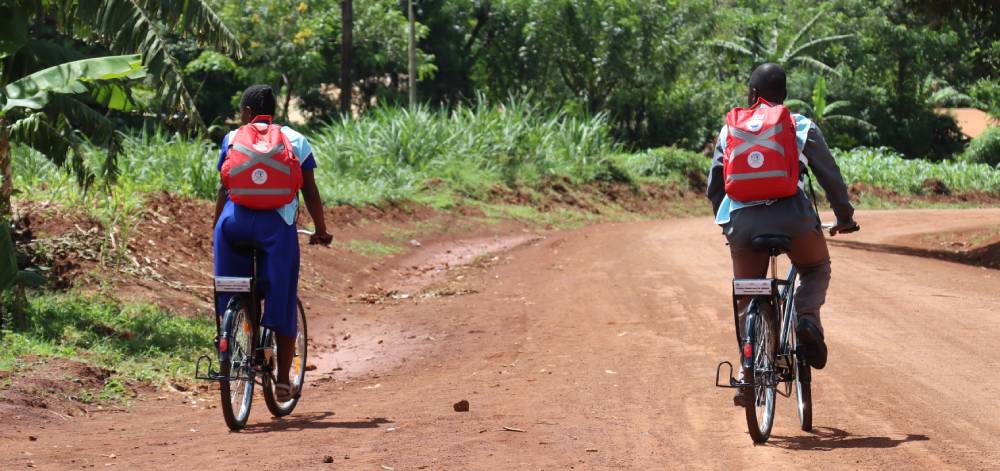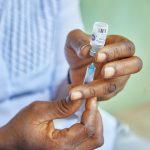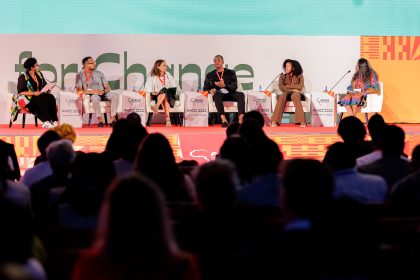The solutions to the climate-health crisis aren’t waiting to be invented because they’re already being practised at 3am by a community health worker with a phone, and the only question is whether the world will invest in what’s already working.
Picture this: It is 3am in Tanzania, and a Community Health Worker reaches for her phone with a troubling observation. “I have noticed something strange happening in my community,” she types into the alert system.
Shortly before this, a boda boda (motorcycle taxi) rider had just been hospitalised. Hours earlier, he had transported a sick woman to the hospital. Then her brother. Then he became the third patient. That midnight message triggered immediate action by the Ministry of Health, which dispatched a laboratory technician to Kagera. Testing revealed the threat, and a potential Marburg virus outbreak was stopped in its tracks.
This story, as told by Dr Githinji Gitahi, Global CEO of Amref Health Africa, on the sidelines of the 80th session of the UN General Assembly, was an illustration of how, in his view, “climate resilience activity starts at home.”
This was also the principle that underpins a groundbreaking new report revealing how communities battling climate change on the frontlines are already engineering their own survival, and their innovations could offer a blueprint for global action.
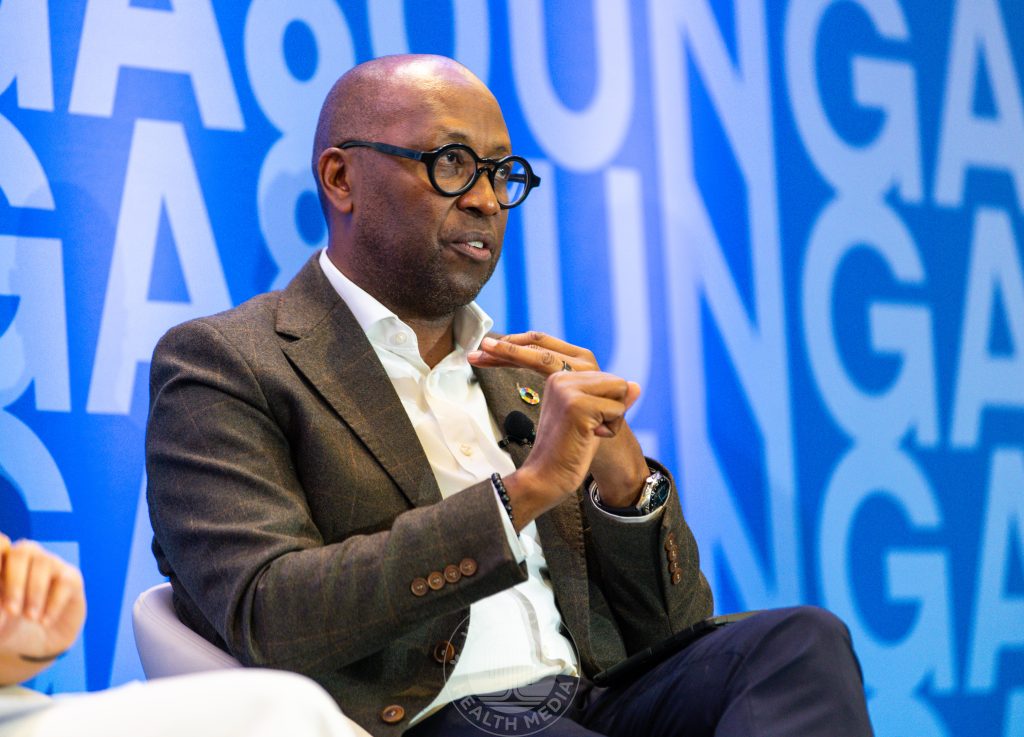
Women and youth are driving innovation by blending traditional knowledge with scientific methods to tackle climate-related health challenges
The report, released by the Collective Minds Climate x Health Council, documents how local populations across Africa and South Asia are developing scalable health interventions that address everything from food insecurity to mental health crises triggered by environmental disasters.
Drawing on interviews with communities in seven countries, the findings challenge conventional top-down approaches to climate adaptation.
“Communities are not passive recipients of support. They are creators of solutions,” said Paul Walton, Executive Director of the Africa-Europe Foundation, one of the organisations behind the report. The research highlights how women and youth are particularly driving innovation, blending traditional knowledge with scientific methods to tackle climate-related health challenges.
The timing is critical. As extreme weather events intensify globally, communities lack access to international funding mechanisms needed to scale their work. Instead, they’re improvising with minimal resources, developing interventions that deliver what the report calls “outsized impact.”
Community Health Workers have emerged as pivotal figures, ensuring that local knowledge informs broader health system responses
These locally led solutions span multiple health pathways. Communities are addressing water security, building resilient health systems, and treating climate-induced mental health conditions, including anxiety, depression, and post-traumatic stress.
Community Health Workers, like the Tanzanian worker who spotted the Marburg threat, have emerged as pivotal figures, ensuring that local knowledge informs broader health system responses.
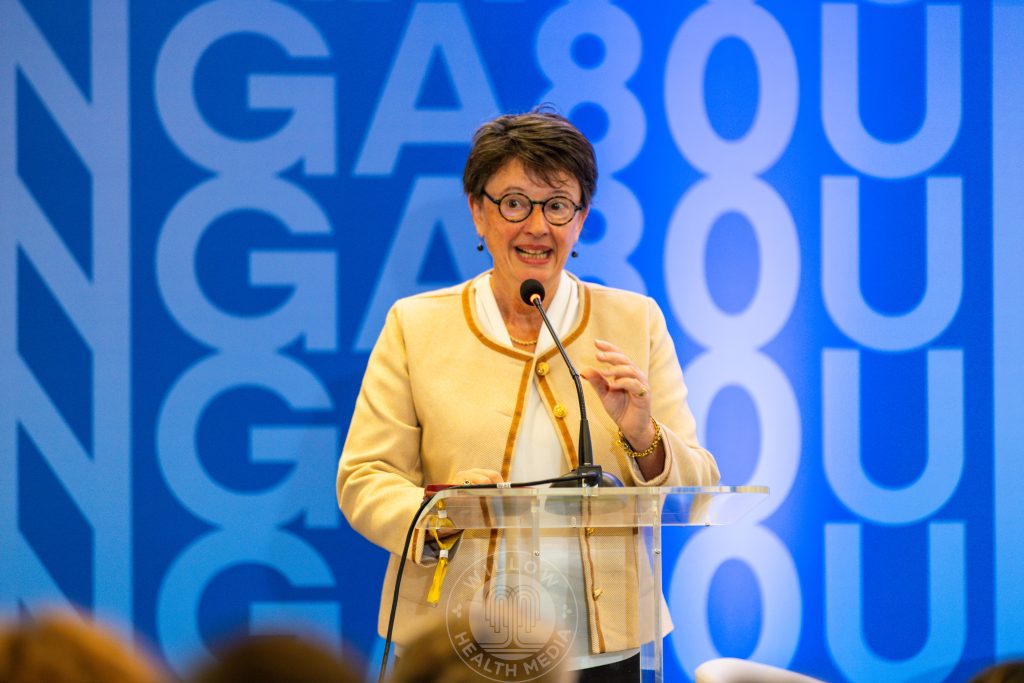
Sandrine Bouttier Stref, Interim Director General of Foundation S, emphasised the urgency: “With few accessible international funding mechanisms to address the human cost and recovery, these communities have drawn on local knowledge and innovation to build effective, scalable, and sustainable health solutions.”
The report comes as decision-makers prepare for a critical year of climate and development convenings, including the 2025 United Nations Climate Change Conference (COP30) in Brazil and the African Union-European Union Summit in Luanda, Angola.
It outlines five key recommendations for global leaders: develop coordinated funding mechanisms that communities can access quickly; embed local leadership in international decision-making; integrate climate, health, and development agendas across sectors; scale traditional knowledge in solution development; and centre communities in building climate-resilient health systems.
Strong relationships combined with locally adapted planning and community participation are essential for scaling solutions effectively
The case studies reveal a consistent pattern: that strong relationships with external partners, combined with locally adapted planning and community participation, are essential for scaling solutions effectively. Yet these communities remain largely excluded from policy discussions that shape global climate and health strategies.
As the 80th UN General Assembly came to a close, the report’s message is clear that the innovations needed to address the climate-health crisis already exist. They’re being developed by the very communities experiencing their worst effects. The question is whether global institutions will partner with and fund these local leaders or continue pursuing solutions designed far from the frontlines.
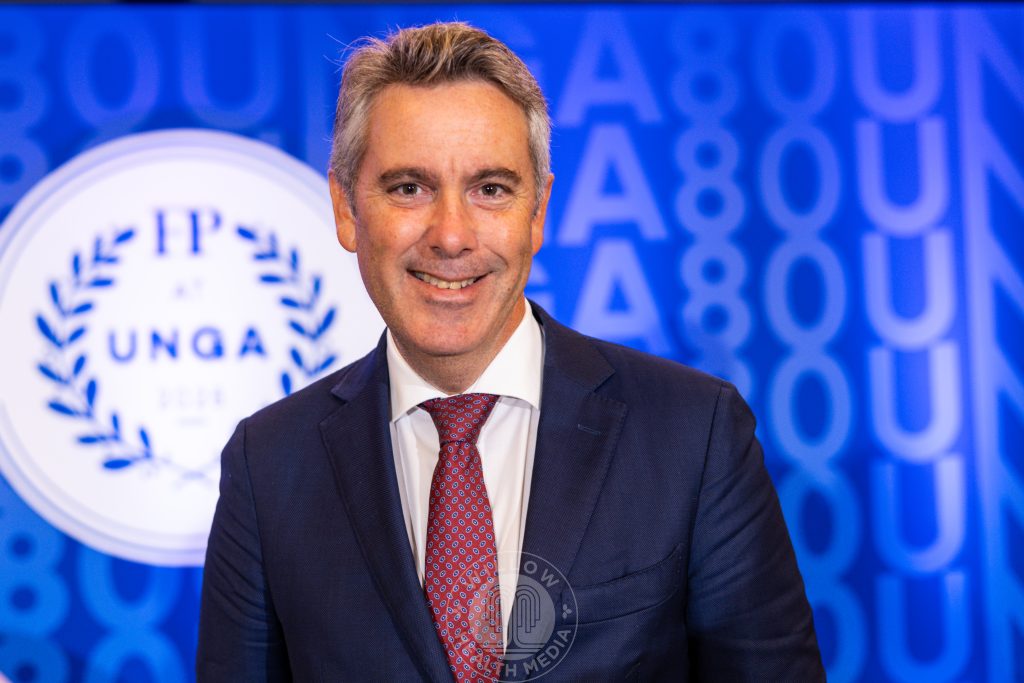
“If you listen carefully to those discussions, whether in New York or Geneva, people are asking for the same things,” said Walton. “Good political intent around climate and health has elevated significantly in the last three years, but people are asking, ‘how do we get better impact?’”
As pressures mount on global financial systems, impact stories, he says, will be more valuable than ever, focusing on highlighting results, demonstrating how scalable those solutions are and connecting those to the multilateral conversations on the global stage for further investments.
“Now is the time for global and local stakeholders to unite,” the report urges, “champion locally led innovations and ensure their integration into climate and health policies.” With climate pressures intensifying, communities like that of the health worker in Tanzania are showing the way, but only if decision-makers choose to follow it.



